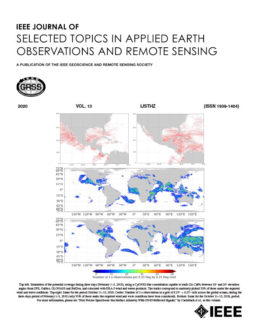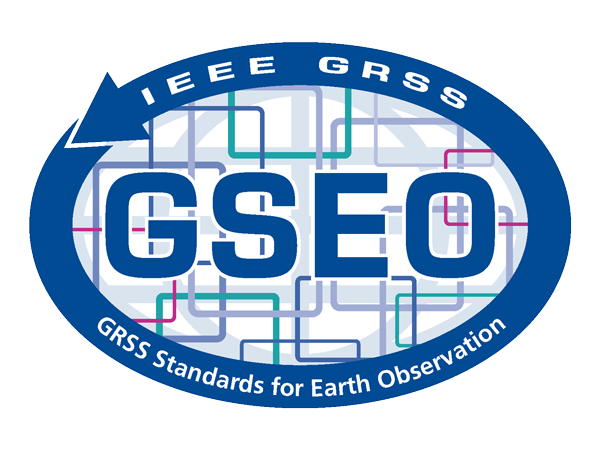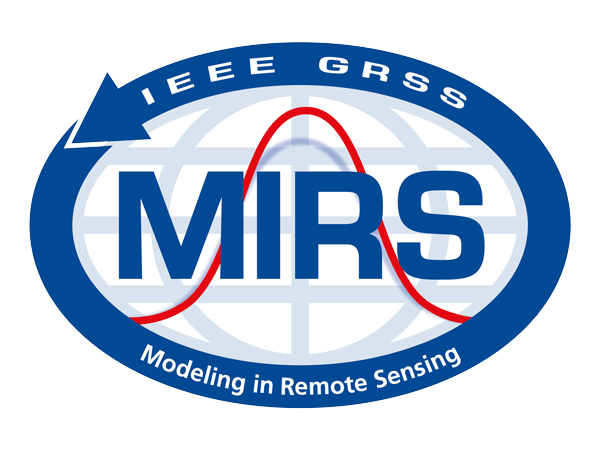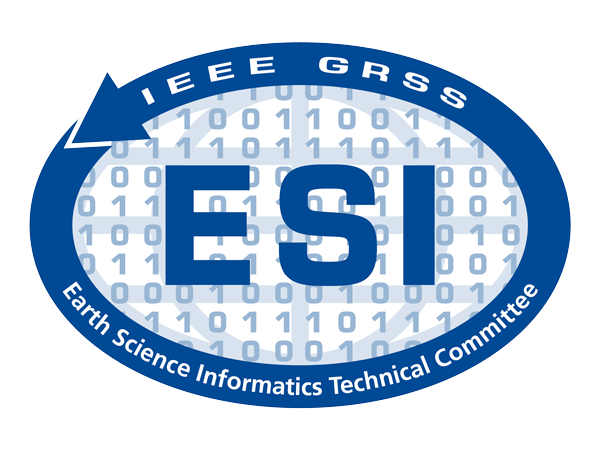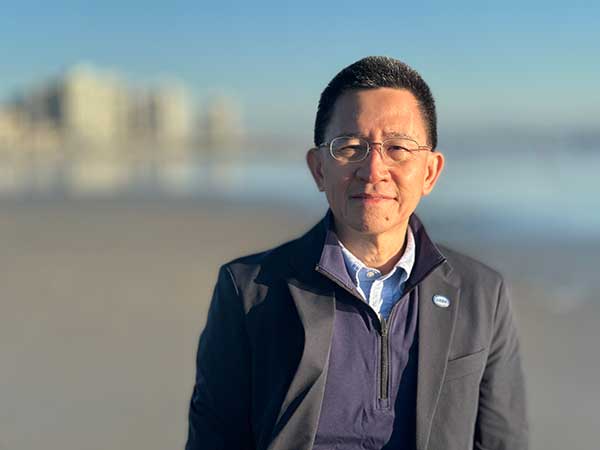Modeling of Electromagnetic Wave Scattering from Rough Ocean Surface using the Small Slope Approximation
Webinar Speaker: Dr. Valery Zavorotny, Retired - University of Colorado Boulder
- November 9, 2021
- 11:00 AM EDT
- MIRS TC Webinar

About the Webinar
Continuous monitoring of the wind over vast ocean areas by airborne and satellite microwave scatterometers and reflectometers is essential for weather forecasting. The basic idea of the techniques relies on the assumption that the ocean surface normalized radar cross section (NRCS) (for both mono-and bi-static geometries) is correlated with the local surface wind vector. Although, in practice the wind retrievals from microwave scattering measurements mostly rely on geophysical modeling functions, frequently the solution of the direct problem (i.e, the calculation of the scattering cross section from a sea with a given spectrum and statistics of the rough surface) is very helpful. The simplest solution is to use a two-scale (composite-surface) model proposed independently by several authors in 60s and 70s. This model introduces a scale-dividing parameter separating large- and small-scale components of the roughness which can be arbitrarily chosen within wide limits. The Kirchhoff solution is employed for the large-scale component (quasi-specular reflections), and the Bragg scattering solution describes scattering by the small-scale component modulated by tilts of large-scale waves. The main drawback of this model is that its accuracy is difficult to control, especially for scattering angles where both scattering components are of the same order of magnitude.
To avoid this drawback a small slope approximation (SSA) was proposed by Alexander Voronovich in 1985 for the case of acoustic waves, and in 1994, for electromagnetic waves. This method does not invoke any arbitrary parameters. For the Gaussian statistics of roughness, the result can be expressed strictly in terms of a roughness spectrum. The SSA can be applied to an arbitrary wavelength, provided the tangent of grazing angles of incident/scattered radiation sufficiently exceeds RMS slopes of roughness. The SSA represents a regular expansion of the scattering amplitude (or the scattering cross section) in terms of the roughness slope, and both the first- and the second-order results of SSA calculations can be obtained. The SSA2, as contrasted with the composite model, accounts for Bragg scattering of the second order which is essential for modeling cross-polarization scattering.
This lecture presents an overview of the SSA method and its application for the full-polarization modeling of monostatic and bistatic radar scattering from a rough ocean surface. It includes the results of numerical simulations for several case studies covering various ocean conditions and transmitter-receiver geometries using the SSA2.They are compared with available experimental data and other modeling results. This lecture would be useful for those with research interests in application of analytical scattering models for remote sensing of ocean and other natural surfaces.
Speakers’ Bio
Dr. Valery U. Zavorotny received the M.Sc. degree in radio physics from Gorky State University, Gorky, Russia, in 1971, and the Ph.D. degree in physics and mathematics from the Institute of Atmospheric Physics, USSR Academy of Sciences, Moscow, Russia, in 1979.
From 1971 to 1990, he was with the Institute of Atmospheric Physics, USSR Academy of Sciences. In 1990, he joined the Lebedev Physical Institute, Moscow. From 1991 through 2018 he was employed as a research scientist in the laboratories of National Oceanic and Atmospheric Administration, Boulder, CO, USA until he retired from NOAA in 2018. From 2018 to 2020 he was a part-time research scientist with CIRES/Colorado University Boulder. He was a member of the NASA CYGNSS Mission Science Team from 2012 through 2020. His research interests included the theory of wave propagation through random media and wave scattering from rough surfaces, ocean and land remote sensing applications using radar, and GNSS reflection techniques.
In 2000 Dr. Zavorotny has been elevated by IEEE to the level of Fellow for contributions to ocean remote sensing and wave propagation in random media. He was a Distinguished Lecturer of the IEEE Geoscience and Remote Sensing Society in 2014-2019. He was a recipient of the 2014 Prince Sultan Bin Abdulaziz International Creativity Prize for Water. In 2017 he was a winner of Governor’s Award for High-Impact Research for innovative GPS reflections techniques and new data advance Earth observations. Both awards were received jointly with Prof. Kristine Larson (CU), Prof. Eric Small (CU), and Dr. John Braun (UCAR). From 2019 until present time Dr. Zavorotny is serving as an Associate Editor of IEEE Transactions on Geoscience and Remote Sensing.




